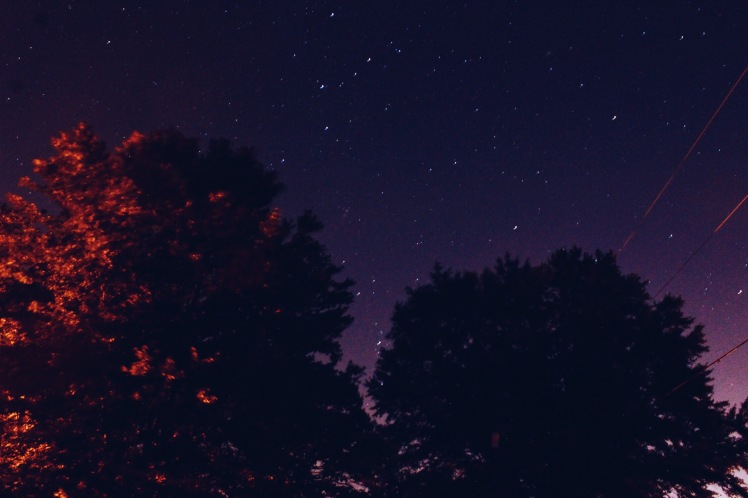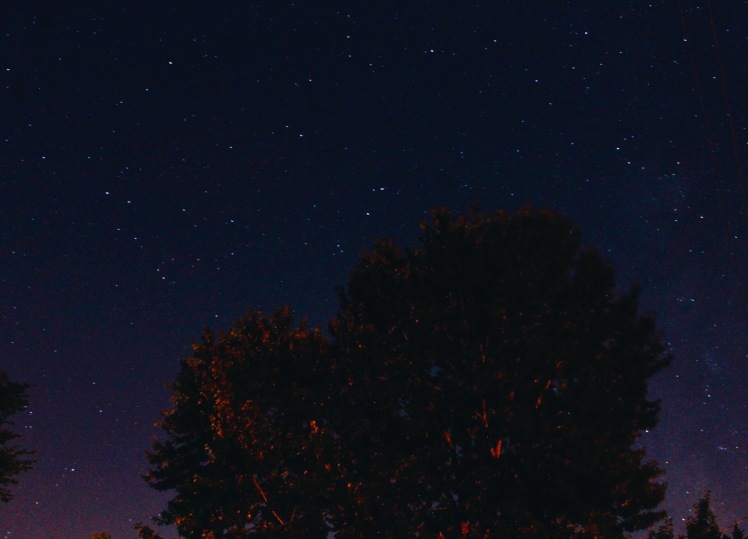My new favorite thing to photograph is stars. Whether its shooting the milky way, Shooting stars, or just the beautiful moon.


How to prepare for shooting
- You need to check the weather and the moon phase before you even think about taking pics. Because if it’s suppose to rain that’s probably not the best night to go photograph the stars. *Keep in mind you can still get some pretty good shots when the moon is out, I sometimes shoot when the moon is out but it dosen’t show up the milky way as best as if the moon wasn’t out.
- Check out some websites or apps to check and see whats the weather and moon phase is: (Meteor Shower Schedule) , (Find out where it is darkest around you) ,(Your local weather) , (Moon Phases).
- Now your going to need the right equipment:
- A sturdy tripod: I currently use a Ravelli Professional 65″ Ball Head Tripod. Which is a very excellent inexpensive tripod.
- A camera with manual mode functionality that shoots in RAW format: To provide ultimate control over exposure time, aperture and ISO, this is the only way to go.
- A wide angle lens that is able to shoot between 12-30mm full frame equivalent.
Selecting the perfect aperture
- I personally use a aperture of F/2.8 for my shots, But anything equivalent or below f/4 will work .But remember you want more light to enter your lense in the least amount of time. So the wider the lense the better.
During the shoot
- Your going to need to get to the darkest place you can find. Some great tips are to go in the “Middle of nowhere” as some would say. So if you cant see the stars well thats probably not the best spot. Another tip, Your eyes will take between 15-30 min to focus. So maybe stick around and see if your eyes adjust before you pack up and leave.
- Taking high quality Milky Way photos is all about letting the most amount of light hit your camera’s sensor in the least amount of time. Your goal should be to keep your ISO as low as possible and your pictures noise-free while still taking a well exposed shot.
Focusing your lense
- I usually focus my camera at infinity, But you can sometimes use focus stacking to achieve a great depth of field. Stars are so so so far away that even shooting at f2.8 will allow you to get a a very sharp star picture



